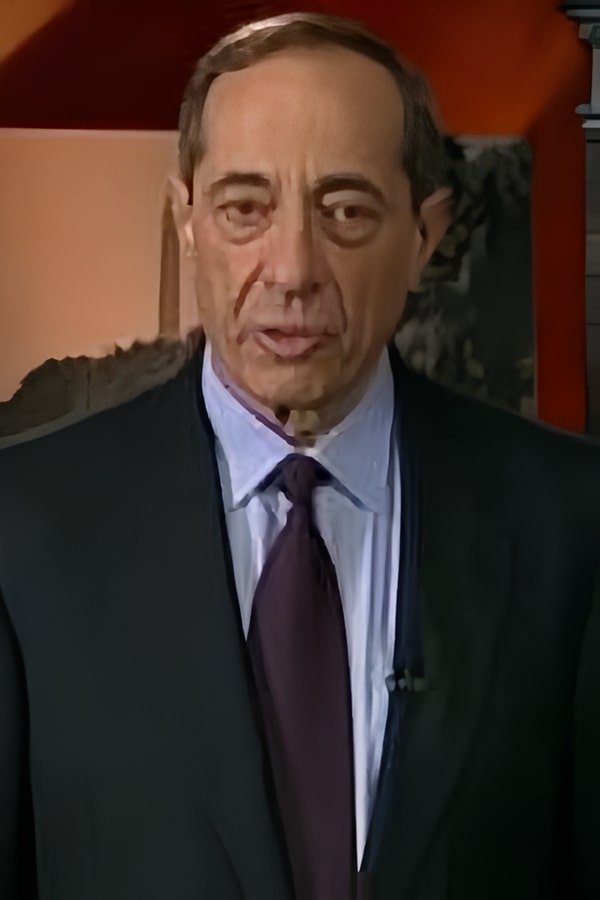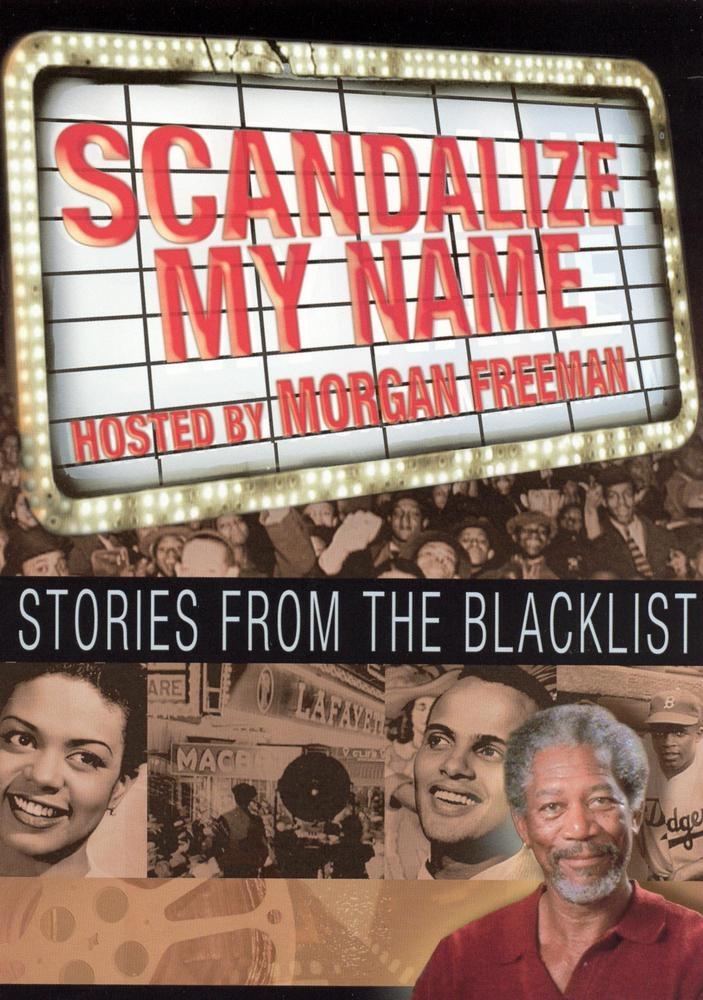

A look at the confluence of the Red Scare, McCarthyism, and blacklists with the post-war activism by African Americans seeking more and better roles on radio, television, and stage. It begins in Harlem, measures the impact of Paul Robeson and the campaign to bring him down, looks at the role of HUAC, J. Edgar Hoover and of journalists such as Ed Sullivan, and ends with a tribute to Canada Lee. Throughout are interviews with men and women who were there, including Dick Campbell of the Rose McLendon Players and Fredrick O'Neal of the American Negro Theatre. In the 1940s and 1950s, anti-Communism was one more tool to maintain Jim Crow and to keep down African-Americans.
Erik Barnouw (June 23, 1908 – July 19, 2001) was an American historian of radio and television broadcasting. At the time of his death, Barnouw was widely considered to be America's most distinguished historian of broadcasting. Among his significant works are the textbook, 'Documentary: A History of the Non-Fiction Film', Oxford University Press, 1993, and the film 'Hiroshima Nagasaki August, 1945', 1970, which compiles footage shot shortly after the bombing by both Japanese and American cameramen.
By browsing this website, you accept our cookies policy.